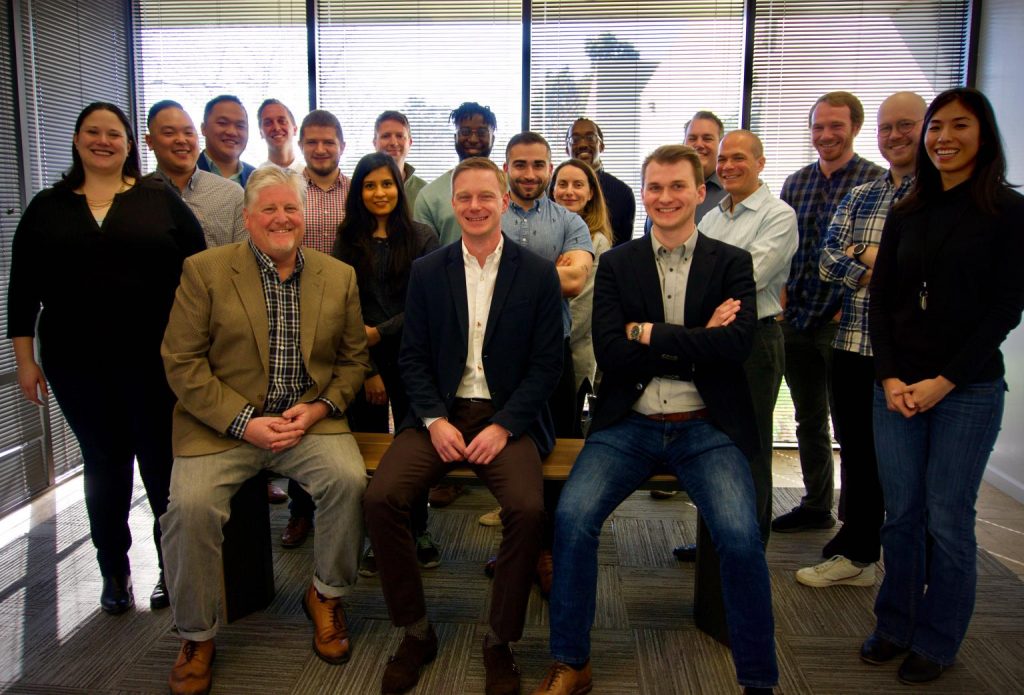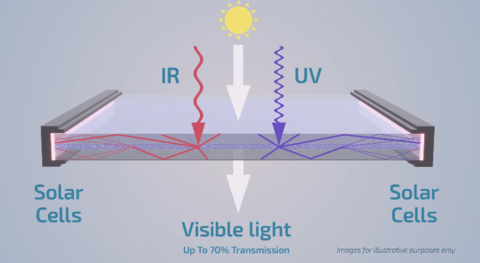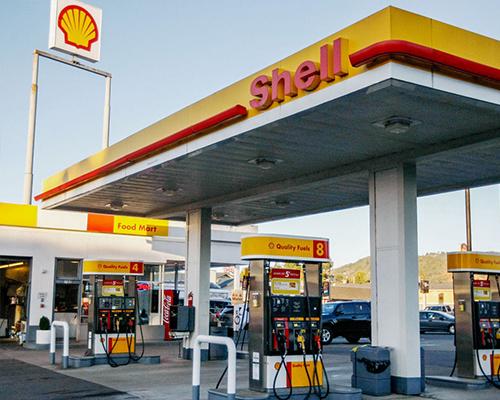The Impact
Stop eating 🍓 strawberries in the Winter!!
To: The Impact Readers
Greetings & Salutations! 🧐
This week marks the beginning of a new age of The Impact. We have begun to develop our first industry case studies & supporting tools that will make it easy for all of you to analyze and understand the implications of new technologies in our global market. From how using electric vehicles in our grid should be incentivized to how solar net metering may cause issues in the near future. So if you are excited and want to help out – get your friend to subscribe or reach out with your own stories!
The larger the community – the more information we can share to build the database of information in sustainability for us all.
In your inbox: A new 3M is emerging; Shell is setting a goal to be net zero and the growing niche of “Advanced Solar Solutions”
🚀 STARTUPS & TECH
🔬 Materials Innovation Is Required For De-Carbonization

This past decade was defined by software – in fact in the energy industry we see many new startups focused purely on software or IoT solutions for utilities & the like. While these can be immensely valuable solutions in the process to carbon neutral – there is no way for us to truly make products more energy efficient & low in carbon emissions if we don’t improve the materials used in the process.
Nano-technology brings that promise to life enabling longer lasting products and in turn less maintenance or lost resources in production processes. All of which can improve energy efficiency and help the environment.
One such company leading the charge in the nano-tech space is Nelumbo – which is the leading Developer of Advanced-Surface Modifications. Coming off a fresh $14M Series A round the company has been focused on its cooling & HVAC applications. Focused on improving heat exchangers specifically by using their technology to get rid of corrosion and frost issues that plague that component.
The application of surface coatings with this kind of potential and scalability means possibility of expansion into multiple spaces – ranging from textiles, to production processes. Enabling products with improved performance and reduced environmental impact.
Subscribe For Free For More Of This Type Of Content!
🧬 SCIENCE
The ☀️ transparent solar hype train grows

Just a few weeks ago we were speaking about Ubiquitous Energy and transparent solar panels. However, they aren’t the only ones pushing capital into the development of building integrated solar panels.
From solar roadways to solar roofs to transparent solar panels – it seems that the market continues to push forward on the concept of “how can we integrate solar into EVERYTHING”.
And it is a noble and fair focus. The more integrated energy the faster we move towards a truly decentralized energy grid – which is a lot more challenging than even the publications make it seem – more on that in coming weeks.
This week we are taking a look at a different transparent solar company which to date has raised $9M and brings a new method of solar energy harvesting through windows – with a 3.3% efficiency rating – ClearVue PV. ClearVue uses a spectrally selective polyvinyl butyral interlayer sandwiched between two panes of glass in order to drive Infrared Light and Ultra-Violet to CIGS solar cells they embed within the frame of the window. They currently have an MOU in place with BeyondPV – the Taiwanese PV manufacturer.
However, this space of transparent or building integrated solar is one that is challenging to break into. Especially when you are dealing with builders & construction companies that are highly dependent on strong track records before piloting any technology. Construction & Real Estate tend to always be slow in adoption in general.
ClearVue seems to bring an interesting hybrid solution that might apply better in the building energy efficiency realm more than Ubiquitous does. The reason being price & scalability. Fundamentally, companies like View provide similar energy efficiency benefits to what a window integrated solar system can provide. A partnership between View & ClearVue however could prove to be the perfect marriage if the economics and terms can be worked out for both parties.
📃 POLICY & FINANCE
Big Oil 🛢️ Takes A Step In The Right Direction? Shell Commits to Net Zero

By 2050 Shell intends to reach net zero.
Noble goal – but still doesn’t meet expectations outlined in the Paris Agreement. Normally when these type of headlines are out in the market a heavy dose of skepticism is required.
Driven predominantly by investor pressure they have now decided – regardless of social situation – to continue their push towards decarbonization of their products and manufacturing processes. However, one key thing they cite – much like other oil giants – they cannot be accountable for the Scope 3 Emissions that occur when their products are used in the market.
Ie. when you refuel at a Shell station the emissions resulting from the use of that oil is something they don’t want to be accountable for. This they understand makes up 85% of their total emissions.
So how does Shell plan to attack this? The plan calls for cutting a large amount of scope 3 emissions in several ways.
Changing their product mix over time to an emphasis on renewables, hydrogen and biofuels. Shell aims to reduce the “net carbon footprint” of products they sell by 30% by 2035 and 65% by 2050.
Expanding use of carbon capture and natural ways to mop up CO2 like reforestation. Ie. Carbon offsets
Working with customers on their emissions-cutting efforts, and developing a method to track those reductions
However, Shell at this time has not disclosed the financial impact this commitment will have on their business. But just like the great Clayton Christensen says in Innovator’s Dilemma – Shell will have to be OK with losses in the next decade for longer term revenue.
🦠 😷 COVID-19: THE CO2 DROP EDITION 🤒 🧻
Carbon dioxide emissions could fall by the largest amount since WWII. Some projections expect that we could see up to a 5% drop in carbon dioxide emissions this year. I wish that were better news. For context, in order to hold global temperature rise below 1.5 degrees Celsius, we need an annual emission reduction of 7.6% according to the UN.
We shutdown so much of the world and we’re only going to see a 5% reduction for this year alone.
Decreasing emissions will help avoid impacts of climate change. Unfortunately, continuing to Shelter in Place won’t last forever. We will get out of this. And carbon dioxide emission reductions from this crisis are nowhere near enough to slow global warming without systemic, societal change when we’re standing back up from this.
The takeaway – we still need to figure out sustainable ways to continually reduce carbon dioxide emissions. A yearly global pandemic isn’t about to become our climate policy – so it shouldn’t be the action having the most impact in that space. We need to enact new policies, mass adoption of emissions reduction technology, and massive behavior changes of individuals and corporations.
📻 PODCAST UPDATES
🍓 Stop Eating Strawberries!!
Tune into Off The Grid with Sue Marshall of NetZro and Elliot Roth of Spira Inc as they discuss how what we are eating is contributing to the increased severity of climate change. Dive into some hot takes on how you can take ownership of decarbonizing our food supply chain from production to waste.
